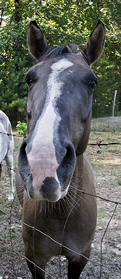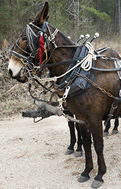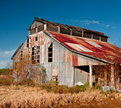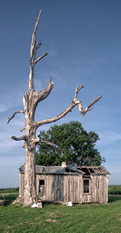This old residence, probably a sharecropper house of early twentieth-century vintage, sits on well manicured church grounds north of Lakeview, Arkansas, on Arkansas Highway 44. If your peripheral vision is not up to speed or you are paying proper attention to traffic, you would probably miss it. Fortunately I discovered it when Bishop Chester Thompson of Camden, Arkansas, sent me a few pictures of the structure he'd snapped while in the neighborhood. He was kind enough to give me directions.
Sunday, March 23, 2014
Pine Buff, Arkansas
Author’s Note:
Back in October of 2011, on a tip from a friend, I set out in mid-July, 2011, to find what's left of this old tenant home on a farm north of Lakeview, Arkansas. The trip to get to the old structure was through pure Delta. The way I went, the largest community I traveled through would push the envelope to brag about 100 residents. Most were substantially smaller. When I found the old building, there was no doubt it was worth the trip. Take a second look.
Be sure and see more of the trip at Weekly Grist, where you'll see "roadside Delta."
Thanks,
Joe Dempsey
Two Toilets and a Zillion Leaks
The old house is now relegated to storage of stuff that probably no one wants anyway. Given the leaky conditions of the structure, anything under the scanty roof is about as exposed to the elements as it would be outside. I have no explanation for the two toilets on the premises. One thing for sure, there was never such a porcelain convenience installed in this house.
The Past off the Beaten Path
First Published on Sunday, July 17, 2011
Pine Buff, Arkansas
The land around the old home is still used as it was long ago. To raise cotton. Back in the day, raising cotton was labor intensive. This fine Delta soil and environment is one of the best combinations on the planet for cotton cultivation. Unfortunately, the same is true for weeds, which rob cotton of needed sunlight and nutrients, so hoeing was a necessity. The activity was called choppin' cotton. It was labor and it was intensive and it required a lot of hands. When it came time to harvest cotton, the same crew picked it.
Because farms of those days were not privy to our modern transportation systems and more or less isolated, the best way to operate a large farm was to provide housing for your hands. In today's parlance, the agricultural "business model" of the day was to accommodate the workforce at the lowest sustainable cost. The house you see here is typical of what planters furnished. Some hands were paid and some shared in the harvest, thus the term "sharecroppers." Hundreds of thousands of families were raised in houses like this one.
Now, herbicides zap the weeds and pesticides zap the pesky bugs and worms who look at cotton like we look at cornbread and purple-hull peas. At harvest time, a cotton picker bigger than this house and a hundred times as expensive will gobble up the fiber in record time as the operator keeps up-to-date with his cell phone in air-conditioned comfort. All of which underscore the value of this crumbling vestige of times past.
These humble beginnings gave rise to a generation of people who were accustomed to work and learned the value of providing services for compensation. They asked for little, worked hard, and understood responsibility. There are legions of men and women who, though brought into the world in these harsh conditions, rose far above their circumstances by remembering the values by which their families lived in these hardscrabble conditions. They have been called the greatest generation and rightly so. Take another look at the house and think of it as a seed of greatness.
Nikon D-300, Sigma 10-20mm F4-5.6, EX DC HSM, ISO 200, tripod mounted, both shots. Top picture, side view, 1/500@f9, second picture, 3/4 view 1/800@f11. Post-processed with HDR Express and Photoshop CS5 Extended.




































